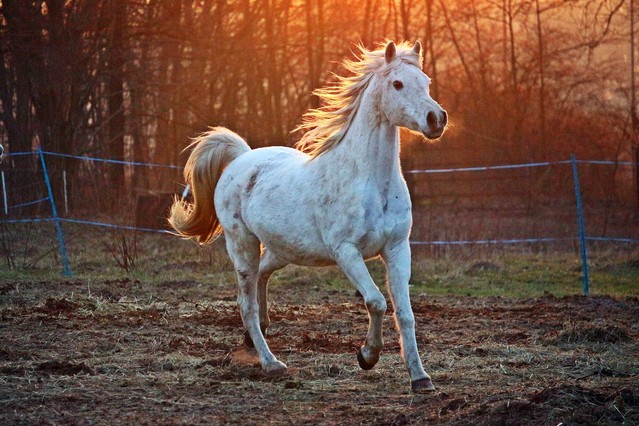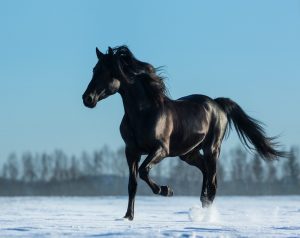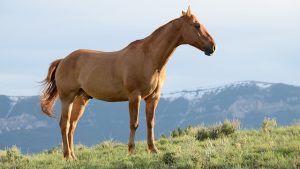Horse groom isn’t complicated when done right. A horse should be groomed before each ride or, if for some reason this cannot be done, then at least every two days. But it would be wrong for a horse which lives in an open stable or spends a great deal of time outdoors to be brushed until it shines every day. By doing so, you remove too much of the oil from the horse’s hair so that the coat is no longer waterproof and the rain is able to penetrate through to the skin, and that means the horse may be in danger of catching a cold.
So always use moderation when grooming your horse. Use a coarse brush or a rubber comb to remove the heavy dirt and encrusted sweat from the horse’s coat. Also use a brush and comb daily to brush out the loose winter hairs from the coat during the shedding period in spring.
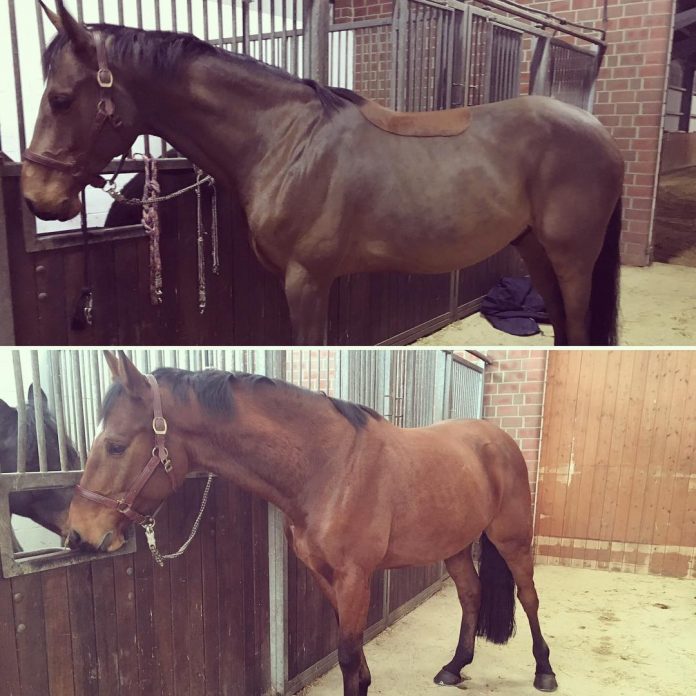
You are thereby doing your part to help the animal to deal with this strenuous process. Take a softer hairbrush or currycomb to brush out the dust and scurf from its coat, mane and tail. If the horse’s legs are dirty, clean them using a wet cleaning brush or, what is even easier, spray them with a hose.
Incidentally, after you have been riding and especially after a strenuous ride you should use the jet of a water hose to cool off the horse’s legs, particularly around the pasterns. In summery temperatures, hose down the whole horse after riding; even if you are not able to ride, give it a shower every day, but don’t use shampoo because that would thoroughly remove the water-repellent oils from its coat.
You can use a towel to give the coat an additional sheen. One of the most important grooming tools is a hoof pick, which is used to scratch out the dirt and grit from the horse’s hooves before riding. After riding and at least once a day you should examine your horse’s hooves for stones or other small objects.
Horseshoes are particularly liable to collect objects that are able to lodge themselves in the hooves and cause pain. if you want to, you can oil the hooves to make them shine before an event, but it is better not to, because hooves must be able to absorb moisture to keep them healthy. Brittle or cracked hooves should not be oiled either but should be kept as moist as possible.
The best way to care for your horse’s hooves is to massage the rim of the coronet of the hoof daily using bayleaf oil or a bayleaf oil hoof salve. Grooming means more than just keeping your horse clean; it also means body contact. You have probably already noticed that horses sometimes nibble each other, mainly around the withers area.
They mainly touch each other on the parts of their bodies which they cannot reach themselves. When they nibble each other they also show that they like and trust one another. Behavioural scientists call this activity social personal hygiene. The same applies to horse groom.
You rid the horse of dirt, of itchy residue on the skin, of shedded hair. You show it that you are its friend and gradually build up a strong relationship of mutual trust. Because of horses clean each other, young horses in particular also want to nibble people.
But because this proof of affection is not really good for the delicate skin of humans, you must make the horse stop this behaviour. Even if you happen to be wearing a thick jacket which would provide some protection from the horse’s nibbling, you should still always give the horse a little tap on the nose until it understands that people are not to be cleaned.
The same applies when horses beg and then start nibbling. If you are not consistent in stop’ ping this behavior the nibbling can easily develop into painful biting. For this reason, it is wise not to give your horse a treat at every opportunity.
This is actually teaching it to beg. The best approach is to reward a horse with a sugar cube when it has done some’ thing well, learned something new, left the field as soon as it was called, and so on, and even then do not give it something every time.
Feeding from the hand should not become a habit and you should not use treats to bribe a horse, only to reward it.
Coat, Mane, and Tail
Just as hair adorns human heads, the coat, mane and tail form the natural embellishment of a horse. But of course, nature does not allow a horse’s hair to grow for the sake of appearance but to fulfill certain important functions. The hair on a horse’s body repels water, so protecting it from hypothermia.
This does not happen simply because the hair is constantly being lubricated by the glands in the skin to make it water-repellent but also because of the way in which it grows. The direction of the growth runs from the back towards the stomach; this is why water runs downwards like it does from tiles which are layered one on top of the other on a roof. Different cowlicks function as shunts on a railroad and divert the water.
For example, the cowlick on the horse’s hip bone directs the water coming from its back to the stomach and to the outer side of its thighs. It protects the almost hairless inner sides of the horse’s thighs from getting wet. The forelock and the mane help the water from the rain to run down the horse’s head and crest.
The tail prevents the anal area from becoming wet. In actual fact it is mainly the short hairs growing at the side of the dock which is very important – they are not called top hair for nothing. The fetlock hair protects the almost hairless area above the hoof, the hollow of the heel, not only from the wet but also from injury from branches, stones, frozen snow, and so on.
The horse’s thick winter coat with its coarse oily hair and soft hair underneath provides important protection against the cold. Hair also has an important function for warding off insects. The horses use their tails to chase irritating pests away from their bodies and with their forelocks, they keep the insects away from their eyes. Insects usually have a difficult time penetrating into the ears of a horse because of the numerous fine hairs that normally grow in that area.
The long hair on the chin and around the horse’s mouth has a totally different function. This hair is connected to the cells governing the sense of touch. A horse’s eyes are, in the main, very effective for seeing into the far distance, but they can barely distinguish things which are right under its head; however for this they can use their tactile hairs.
In this way, nature came up with all sorts of ideas for improving the horse’s lot. And what do we do? Until a few years ago it was customary to cut the tail of workhorses very short. Animal protection laws prohibit this practice in most countries, but it is still being done here and there. Otherwise, you can snip around your horse’s tail as much as you want to.
Some widespread absurd practices include docking a horse’s tail, trimming away the hair from a horse’s ears and removing all the hair from the pasterns. Many horses have their manes trimmed and their forelocks cut off because it is a tradition. Whether this is more attractive than a flowing mane is a matter of taste, but in any case, it is wrong to remove an animal’s natural protection and it, unfortunately, proves that there are still many people who have little understanding for their horses.
And that is not all: on some horses, the tactile hairs on the chin and nostrils are shaved off. This must be as had for a horse as it would be if you lost the sense of touch in the tips of your fingers
